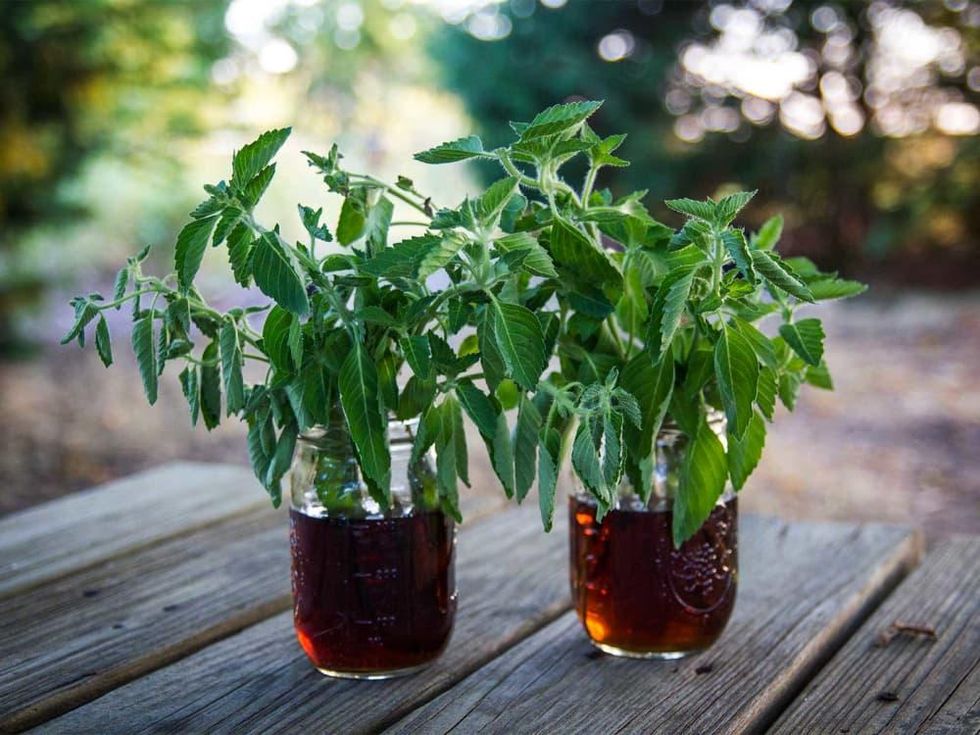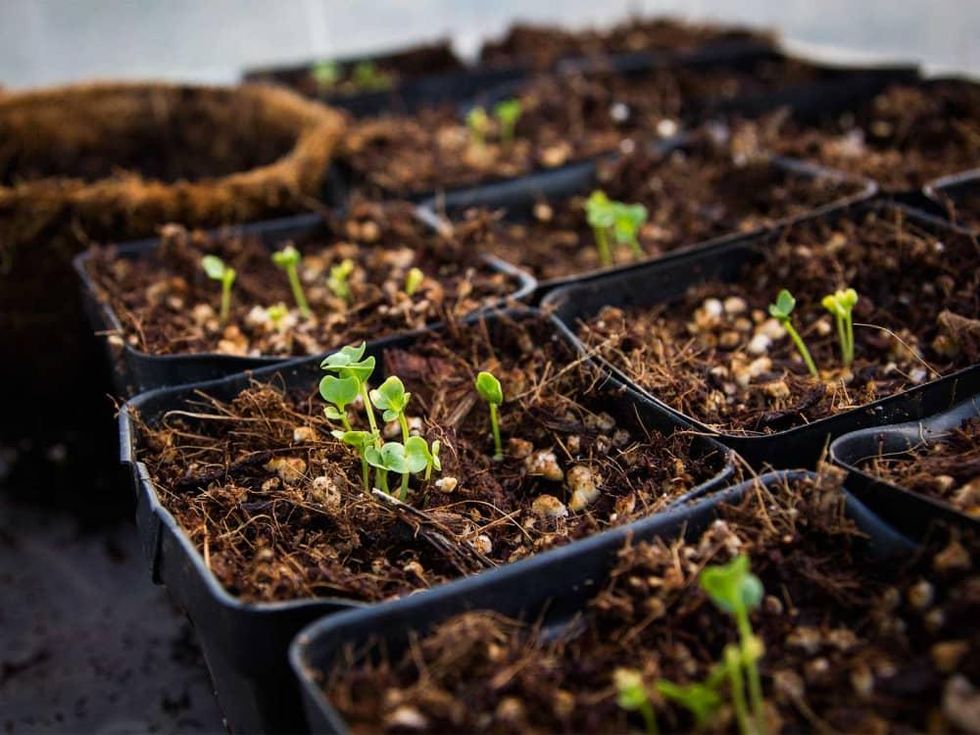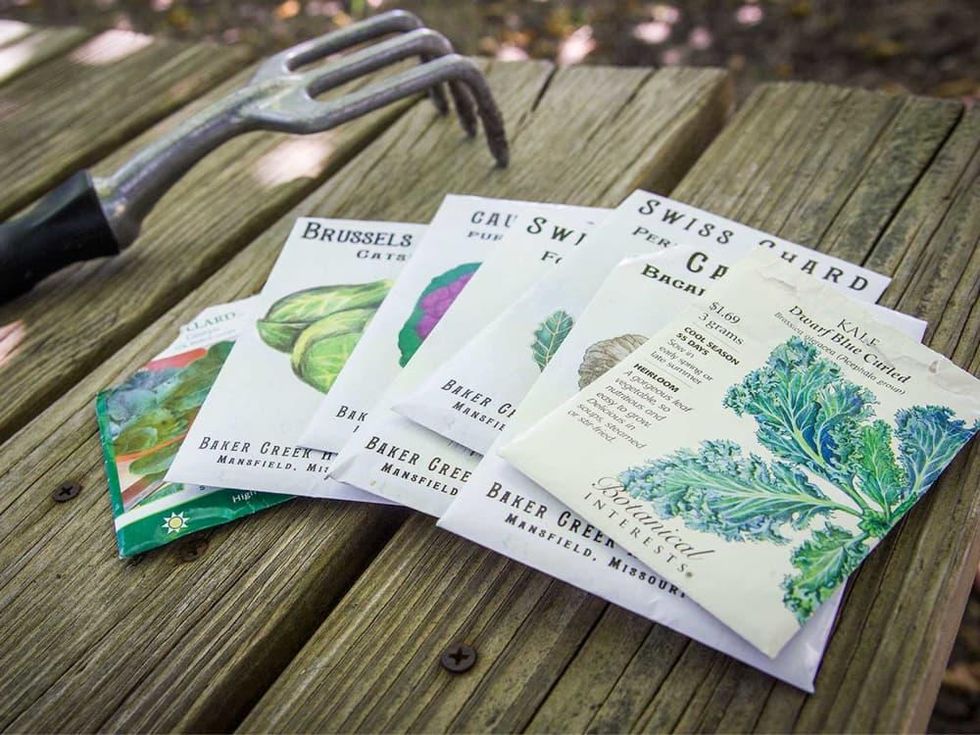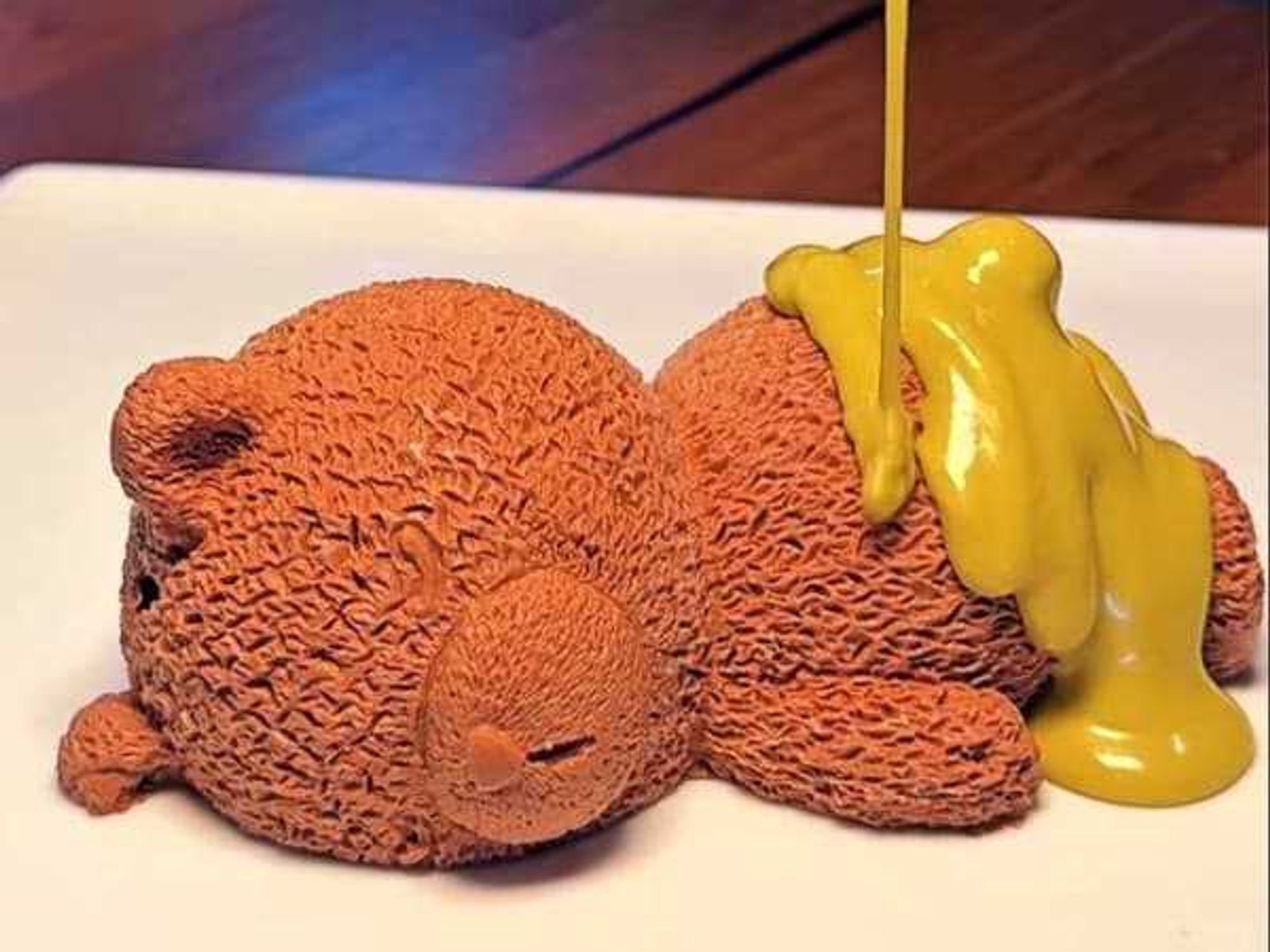The Farmer Diaries
Texas farmer rebounds from bum summer crop with well-laid fall game plan
In March, I predicted that 2015 would be a good year for gardens. I was wrong. I thought the snow and rain earlier in the year would recharge the Texas soil with moisture. I didn't know we'd have nearly nonstop rain in much of the state for three months afterward.
Where I farm, the floodwater prevented me from working the soil or sowing crops until June. Missing the temperate months of April and May was a setback for melons, tomatoes, peppers, squash, and everything else.
That makes my fall planting all the more important. Now's the time to prepare for all the crops that can grow through the fall, winter, and into next spring. My agenda for this last full month of summer has a few tasks to keep fresh produce coming in.
Starting transplants
It's difficult to remember that you need to start cool-season crops while the summer is still in full swing, but this year I'm on top it. I could wait a little longer and sow my seeds directly into the garden, but instead I start them in pots and set them out later. This is easier because I need to water and care for only a tray or two of seedlings rather than several garden beds, which are prone to drying out.
My choices for seeds to start now to be transplanted when it gets cooler include a number of members of the cabbage family:
- Broccoli
- Brussels sprouts
- Cabbage
- Cauliflower
- Collard greens
- Kale
- Swiss chard
I'll fill a few dozen small containers with a seed-starting mix of equal parts of coconut coir and perlite with a couple of handfuls of lava sand for each 5-gallon bucket of mix I make up.
In these seed-starting containers — or it can be small cups if that's all you have around — I'll sow several seeds to ensure that I'll have at least one seedling that makes it. When they're about a week old, I'll pinch out all but the strongest seedling and grow it into a plant worthy of transplanting.
Most of these seeds germinate better at temperatures below 90, so I keep the containers in a tray under the shade of a large tree. Evaporation cools the seed-starting mix as long as I keep it moist.
I use only water on the seedlings until the seeds germinate. After that I use a mixture of seaweed extract and water until the second set of leaves appear on the plant. Once the seedlings unfurl their true leaves, as they're called, I use Hasta Gro liquid plant food until the day I set them out in the garden, sometime late next month.
Direct sowing
There's still time to grow many of the summer crops. With more than 90 days left before our first average frost of the year, crops like squash and cucumbers can produce plenty to harvest through the fall. I'll not get around to everything, but I'll sow seeds for a few of these quick crops that do well when they're started now:
- Beans
- Carrots — as long as I can keep the soil consistently moist
- Sweet corn
- Cucumbers
- Okra
- Squash
- Zucchini
Rooting stem cuttings
Herbs that have grown outdoors can become worn out by the end of summer. To keep a steady supply, I need to start new plants. Sowing them from seed takes the longest, so I'll root as many as I can from stem cuttings from established plants.
Many herbs do well when started as stem cuttings, but I concentrate on basil and oregano because I use them often in pizza and pasta dishes. I'll take stem cuttings from some of my spent plants in the garden and root them in a mason jar with a weak solution of seaweed extract in water.
Once they form roots, I can then grow them in a pot all winter in my greenhouse or in a bright, sunny window.
This rejuvenates my supply of herbs and gives me potted alternatives I can protect from the average first frost — which will likely kill everything growing outside sometime in November.



